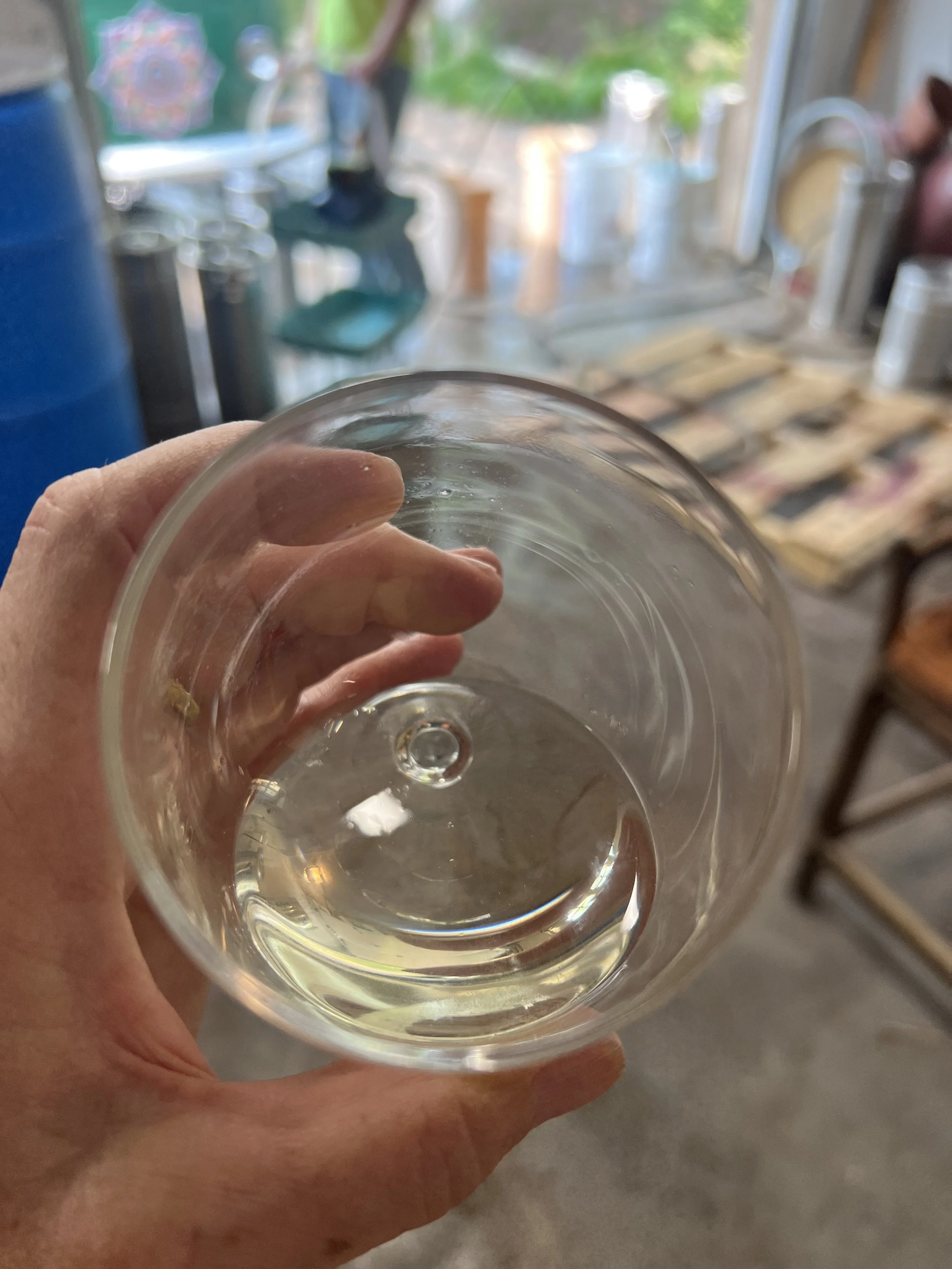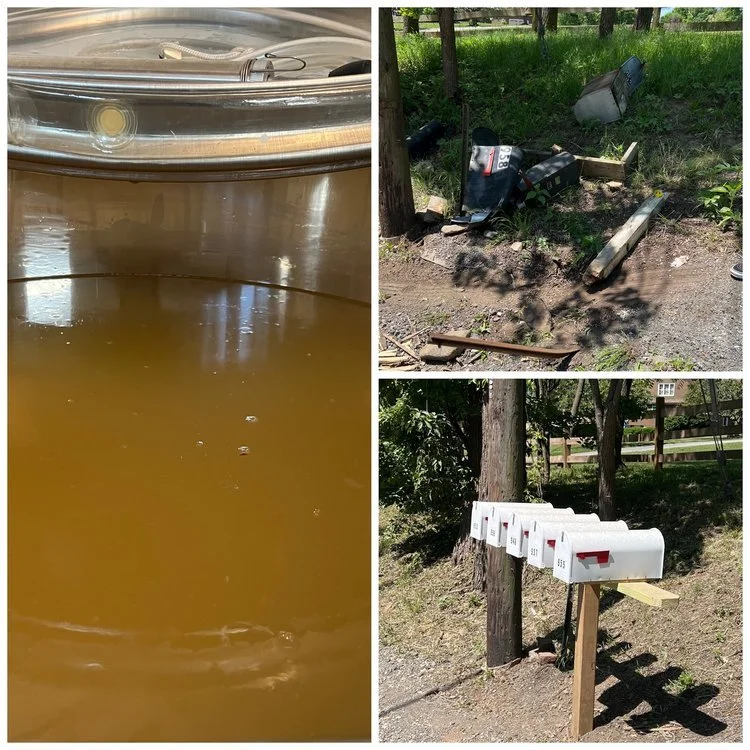The Mutant Grey lady - June 2, 2023
Photo of Pinot Gris By Reinhold Möller, CC BY-SA 4.0
One of my favorites is the story about the Cabernet Sauvignon grape. In the 17th century there was some tomfoolery between Sauvignon Blanc grapes and Cabernet Franc grapes. Cabernet Sauvignon is the resulting love child. This is not the case with Pinot Grigio/Gris.
Rather than coming from parents with abundant love, and frolicking in the Médoc region of France, Pinot Grigio/Gris was the result of a mutation of the cells in the Pinot Noir grape. Most likely caused by illness or virus the mutated version of the Pinot Noir grapes had their black skin fade to grey. The new variety is called Pinot Grigio/Gris. Pinot (pinecone shaped), Grigio (meaning grey in Italian) versus Gris (meaning grey in French).
The Pinot Grigio/Gris grape has been known since the Middle Ages, spreading from its youth in the Burgundy Region of France to Switzerland and Hungary in the 1300’s. As is the case with many ancient grape varieties, the grapes were transported by monks to other countries.
Scrappy at its best, by the 18th century it became unfavorable in the Champagne region of France, and it wasn’t until the 20th century that a stronger, more reliable clone was developed. It has now been embraced and grown all over the world.
Depending on where the Pinot Grigio/Gris is grown and the winemaking style, the characteristics are different. Pinot Grigio from Northern Italy is light in body and crisp wine with citrus, pear, apple, and a somewhat floral nose. Pinot Gris from Alsace is a fuller bodied wine that is peppery and floral. The Pinot Grigio wine made in Le Garage, while the grapes were grown in Chilé, is the Italian style of a light bodied wine for summer sipping.
The Le Garage Pinot Grigio will take the place of the somewhat scandalous Sauvignon Blanc in Ivy’s kegerator. While there is nothing more fun than a good scandal, I think we can all embrace this new “Grey Lady”.
*The information on the history of the grape varietals above is gleaned from University of California, Davis’ studies on the DNA of grapes. The romanticization is my interpretation of this information.
Cin-cin,
Sharon




